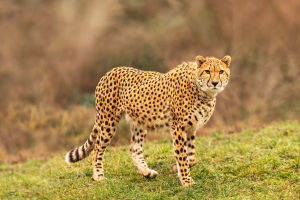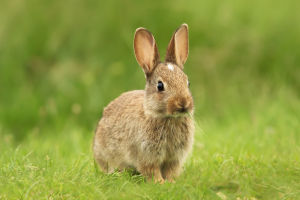Greetings Lykkers! Have you ever wondered how polar animals like the majestic polar bear stay warm and ice-free in their frigid environments?
These incredible creatures have become a source of inspiration for scientists seeking to develop new anti-icing materials.
Unpacking the Secrets of Polar Bear Fur
Researchers have delved into the intricacies of polar bear fur to understand its unique properties. The thick layer of lipid beneath the fur acts as insulation, trapping the bear’s body heat and preventing ice from accumulating on its coat.
In a study conducted by Trinity College in Dublin, scientists studied the adhesion strength of ice to polar bear hair, its hydrophobicity, and freezing delay time compared to human hair and synthetic materials.
The Role of Sebum in Ice Prevention
One key discovery was the importance of sebum, a greasy substance present in polar bear fur. The researchers found that unwashed, greasy hair made it harder for ice to stick, while cleaned hair behaved similarly to human hair.
Chemical analysis identified cholesterol, diacylglycerols, and fatty acids as essential components that repel ice. Surprisingly, the absence of squalene, a fatty metabolite found in human hair, was crucial in preventing ice adhesion in polar bear fur.
Implications for Ice Repellent Materials
Understanding how polar bears naturally repel ice can guide the development of new anti-icing coatings. By mimicking the lipid coatings found in polar bear fur, scientists aim to create sustainable alternatives to harmful chemicals like PFAS. This research offers insight into nature’s adaptations and inspires innovative solutions for ice prevention in various applications.
Insights into Hunting Strategies
The grease in polar bear fur not only keeps them warm but also aids in their hunting techniques. Polar bears utilize ‘still hunting’ near breathing holes in the ice, waiting for seals to surface. The low ice adhesion on their fur enables them to move quietly and swiftly. Similarly, Indigenous Inuit populations use polar bear fur to reduce noise when hunting and moving on ice.
Paving the Way for Safer Anti-Icing Coatings
By studying the natural mechanisms of ice prevention in polar animals, researchers are paving the way for the development of environmentally friendly anti-icing materials. The insights gained from these adaptations not only deepen our understanding of these remarkable creatures but also hold the potential to revolutionize ice-repellent technologies.
Let us marvel at the wonders of polar animals and the invaluable lessons they offer for innovation and sustainability. Embrace the inspiration nature provides and join the quest for a better, ice-free future!


